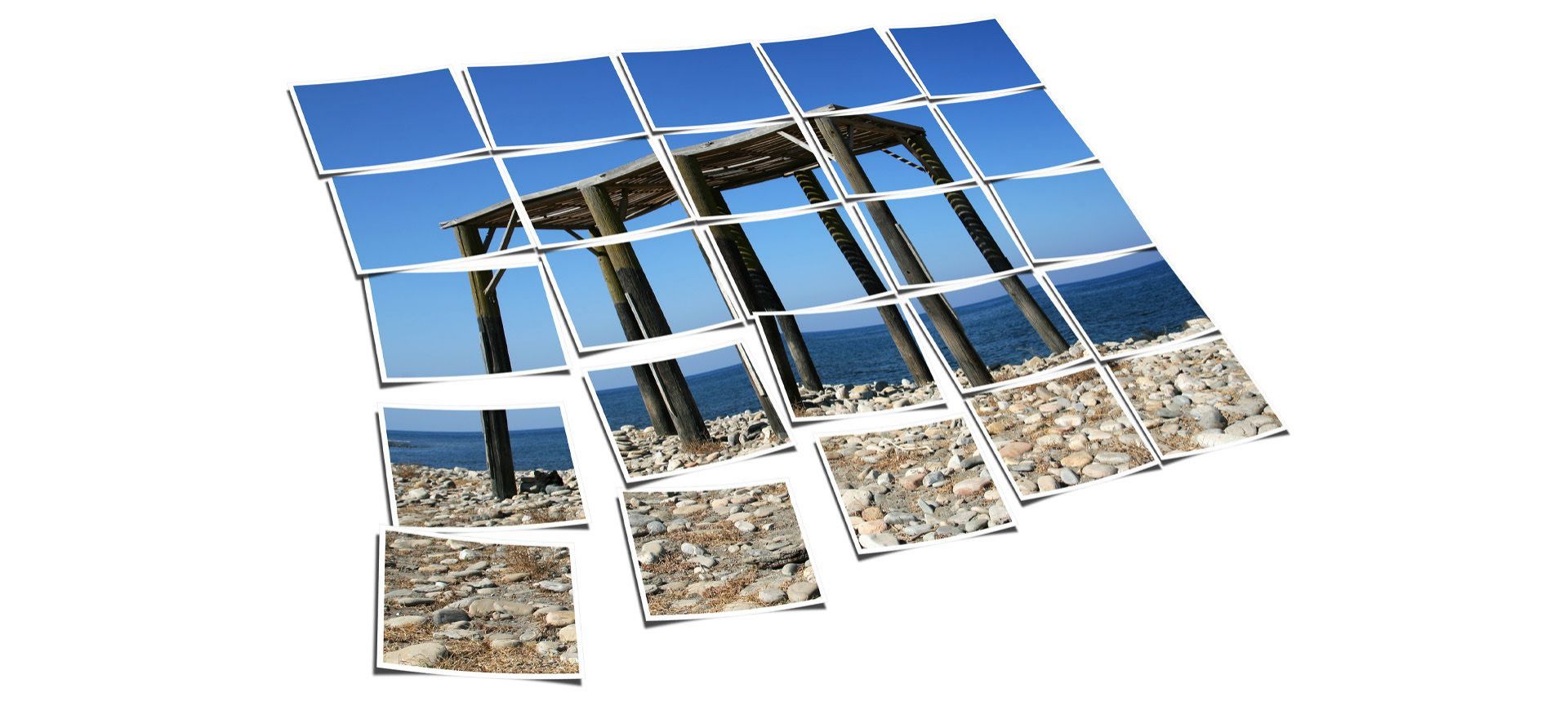8th Aug 2016

8th Aug 2016
Before we look at each file type, we'll briefly cover image resolution. This is affects the file size, print size and quality of output. The resolution of a file can be referred to as PPI (Pixel Per Inch) or DPI (Dots Per Inch) - they are both the same and means the number of pixels or dots per square inch in your image. An image that you want for print and an image for use online need very different levels of resolution. For a printed document you need a minimum of 300dpi at full size for the image to look real but for use online it only needs to be 72dpi at full size as all monitors can only display at that resolution.
Image modes - CMYK (Cyan Magenta Yellow Black) or RGB (Red Green Blue)? Selecting a mode defines the process by which the colours in your image are formed and what the images are subsequently suitable for. Universally, digital printers all use the CMYK technique to make up your image when laying down layers of ink, whereas, monitors use the RGB method.
Now, here's our handy guide to image file types. You've seen them all before, but what are the differences?
TIFF - For use in print only
The TIFF (Tagged Image File Format) is a high quality, high file size format, which uses no form of compression. It remains widely accepted as a standard in the printing business. It represents the best conversion from a digital file to a printed document and an accurate colour match. A TIFF file can be edited, manipulated and saved over and over without using any picture quality.
JPEG - For use in print or on the web
The JPEG (Joint Photographic Experts Group) is the most common of image formats - nearly every digital camera can save images in the JPEG format, which supports grayscale and colour. JPEG applies compression to images, which can result in a significant reduction of the file size. The amount of compression can be specified, but affects the visual quality of the result. However, you can apply relatively high levels of compression and still keep excellent picture quality.
GIF - For use in web only
GIF (Graphics Interchange Format) is limited to an 8-bit palette, or 256 colors. This makes the GIF format suitable for storing graphics with relatively few colors such as simple diagrams, shapes, logos and cartoon style images. The GIF format supports animation and is still widely used to provide image animation effects.
BMP - For use in web only
The BMP file format (Windows bitmap) handle graphics files and are typically uncompressed. BMP files consist of a matrix of individual dots (or pixels) that all have their own colour and are called bitmaps because each file is described using 'bits', the smallest possible units of information for a computer.
PNG - For use in web only
The PNG (Portable Network Graphics) file format was created for use online with web based documents. Its compression works by looking for more efficient ways to represent the image without sacrificing image quality, which means it's great for small file sizes and accurate pictures. Another good thing about the PNG is that it supports transparencies, so you could have your company logo on a coloured background without the white box surrounding it.
So now you know.